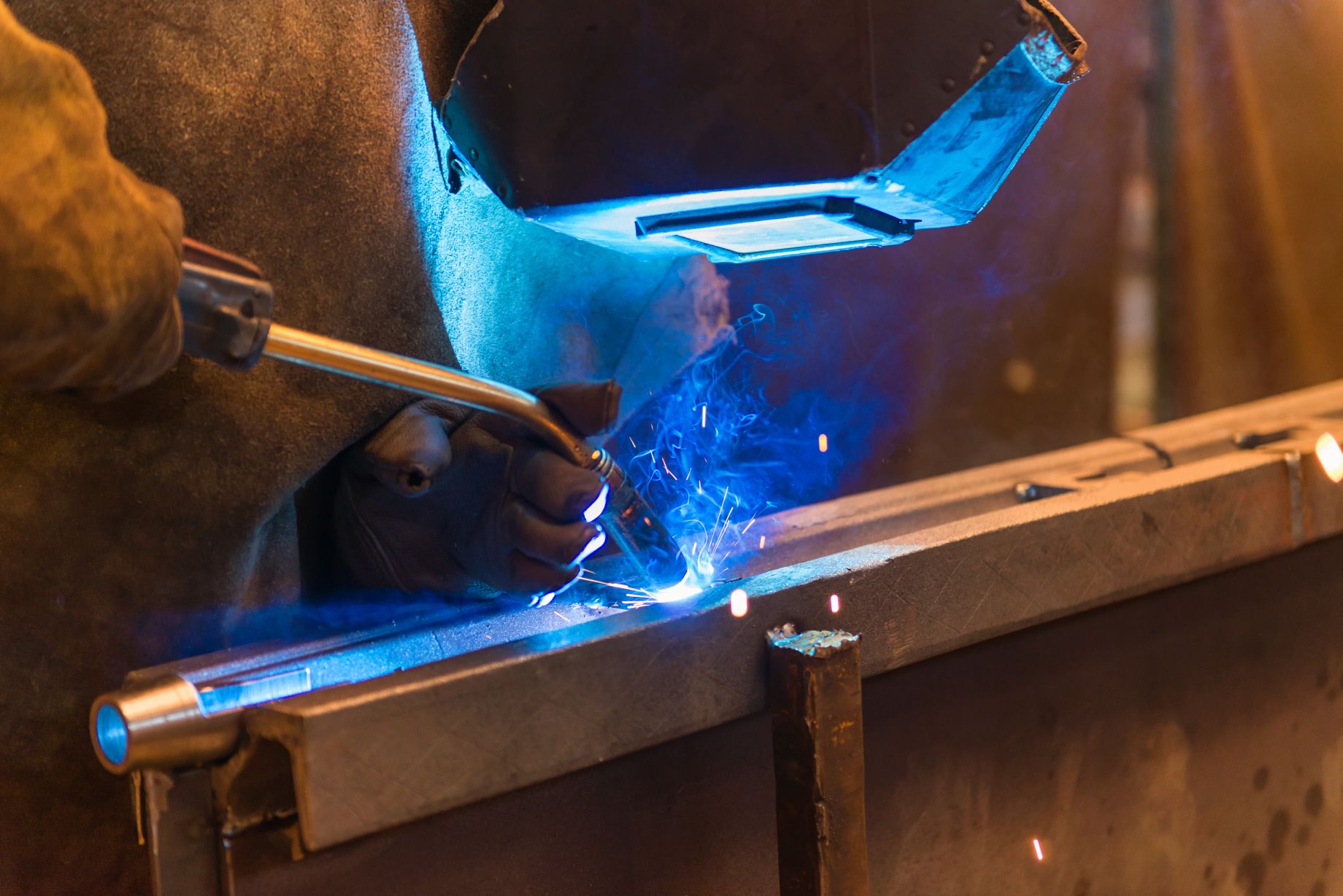Advanced Welding WPS: Customizing Requirements for Complex Jobs
Advanced Welding WPS: Customizing Requirements for Complex Jobs
Blog Article
The Ultimate Overview to Welding WPS Procedures: A Detailed Overview for Welders
In the detailed world of welding, Welding Procedure Specs (WPS) serve as the backbone of making sure top quality, uniformity, and security in welding operations (welding WPS). As we delve into the various parts of a WPS and discover the details of credentials and qualification, we will uncover the crucial function these procedures play in the realm of welding.
Importance of WPS Procedures
Understanding the value of Welding Treatment Specs (WPS) treatments is crucial for ensuring the top quality and honesty of bonded structures. WPS treatments act as a roadmap for welders, detailing the needed steps, criteria, and products called for to accomplish a sound weld. By adhering to WPS standards, welders can make sure consistency in their job, resulting in reputable and structurally sound welds.
Among the primary reasons WPS treatments are necessary is their role in keeping weld high quality and stability. Following the defined welding parameters and strategies detailed in the WPS helps protect against flaws such as porosity, breaking, or insufficient fusion, which can endanger the toughness and toughness of the weld. Furthermore, WPS treatments are important for ensuring conformity with market standards and codes. By complying with established WPS guidelines, welders can show that their work fulfills the necessary demands for safety and top quality, offering assurance to customers, examiners, and governing bodies. In significance, the importance of WPS treatments can not be overstated, as they are essential to achieving regular, top quality welds that fulfill market requirements and specifications.

Parts of a WPS
A Welding Procedure Requirements (WPS) commonly consists of essential parts that information the specific needs for performing a weld, ensuring uniformity and high quality in the welding process. The vital elements of a WPS consist of important variables such as base metals, filler steels, preheat and interpass temperature levels, welding procedures, shielding gases, welding placements, and post-weld warm therapy demands.
Base steels refer to the products being signed up with, while filler steels are made use of to load the gap in between the base metals during welding. The welding procedure describes the certain method to be made use of, whether it's gas metal arc welding (GMAW), shielded metal arc welding (SMAW), or one more approach. Welding placements specify the alignments in which welding can be executed.

Credentials and Certification
Having established the important parts of a Welding Procedure Specification (WPS), the focus currently moves in the direction of the critical facets of qualification and qualification in welding techniques.

Certification, on the various other hand, is the formal acknowledgment of a welder's credentials by a relevant qualification body or organization. Welding accreditations are typically based upon the specific welding processes, products, and positions a welder is qualified to collaborate with. Holding a valid welding certification demonstrates that a welder meets market standards and is experienced to execute welding tasks to the needed requirements.
Producing a WPS
To create a Welding Treatment Specification (WPS) that satisfies market requirements, cautious factor to consider of welding processes, products, and operational specifications is necessary. The first action in producing a WPS is to determine the welding process to be utilized, such as gas metal arc welding (GMAW) or shielded metal arc welding (SMAW)

Carrying Out and Checking WPS
Upon finalizing the extensive Welding Treatment Requirements (WPS) that carefully details welding procedures, materials, functional specifications, and top quality guarantee procedures, the emphasis shifts to successfully carrying out and keeping an eye on the well-known treatments. Application includes guaranteeing that informative post all welders investigate this site entailed in the task are familiar with the WPS and follow it diligently throughout the welding process. Reliable execution and monitoring of the WPS are important for ensuring the integrity, stamina, and safety of the welded joints, inevitably adding to the total success of the welding task.
Verdict
In final thought, understanding and adhering to Welding Procedure Specifications (WPS) is critical for welders to guarantee quality, uniformity, and security in their job. By recognizing the parts of a WPS, acquiring correct certifications and accreditations, developing in-depth treatments, and applying and monitoring them effectively, welders can boost their abilities and proficiency in welding practices. Sticking to WPS procedures is necessary for creating top notch welds and meeting market standards.
In the intricate world of welding, Welding Treatment Specifications (WPS) offer as the foundation of ensuring high quality, consistency, and safety and security in welding operations. The welding procedure describes the details technique to be used, whether it's gas metal arc welding (GMAW), shielded metal arc welding (SMAW), or one more technique.To create a Welding Procedure Requirements (WPS) that satisfies sector criteria, cautious factor to consider of welding processes, products, and functional parameters is vital. The initial action in creating a WPS is to determine the welding process to be utilized, such as gas metal arc welding (GMAW) or click to read shielded metal arc welding (SMAW)Upon completing the thorough Welding Procedure Specification (WPS) that carefully details welding procedures, materials, operational parameters, and top quality guarantee steps, the focus changes to properly carrying out and checking the well established procedures.
Report this page